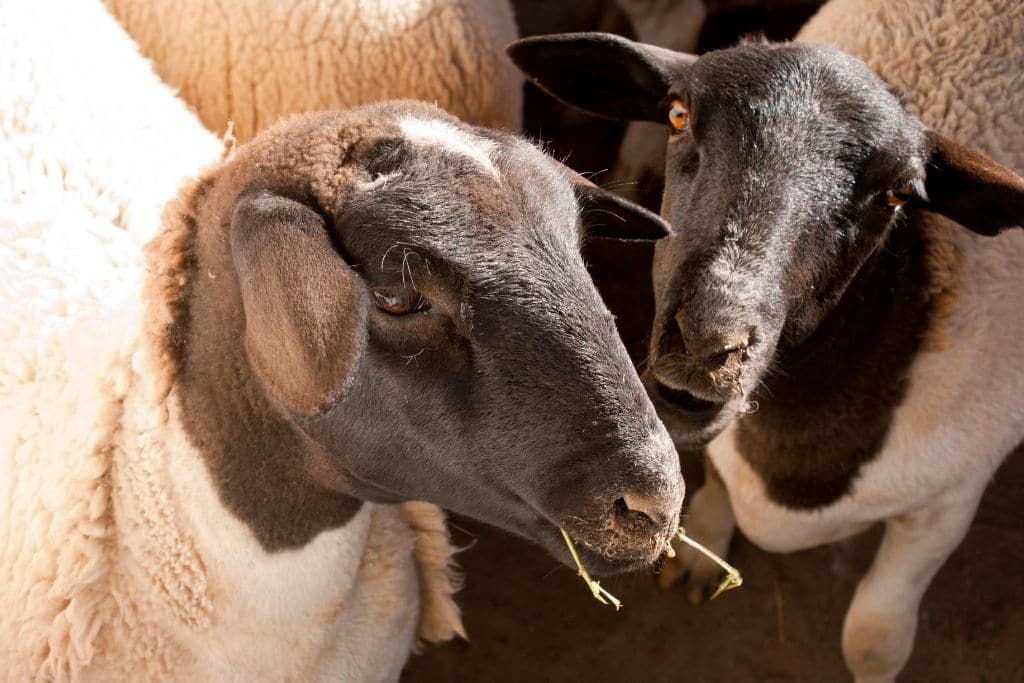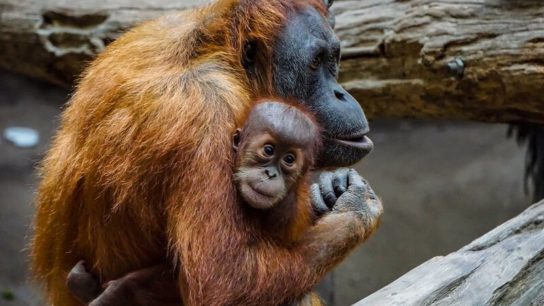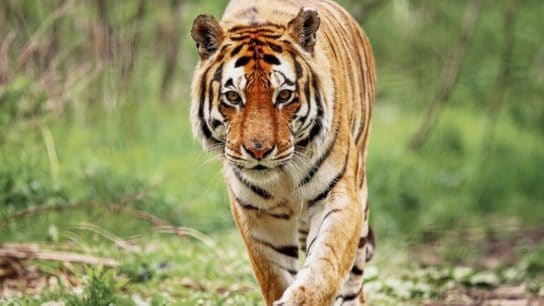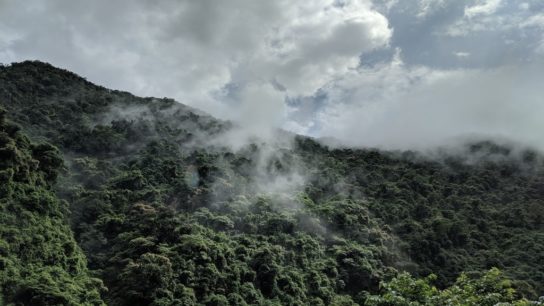The IUCN is predicting that by the end of the current century, nearly all critically endangered species and 67% of endangered animal species in the world could be lost forever. Some scientists say that cloning could be the best way we have to preserve endangered species and will provide humans with the means to bring extinct species back. However, many oppose cloning, saying that humans should rather stop biodiversity loss by tackling the issues that cause this in the first place. We present the main advantages and disadvantages of this revolutionary technique to answer the question of whether or now we should clone endangered species.
—
The Sixth Mass Extinction
In 1964, the International Union for Conservation of Nature (IUCN) established a Red List of Threatened Species. Conceived by Sir Peter Scott – who also played a prominent role in the creation of WWF, the list has evolved to become one of the world’s most comprehensive sources on the global extinction risk status of different species.
A 2018 WWF report showed an overall decline of 60% in species population sizes between 1970 and 2014. More recently, scientists estimated that species are declining at a rate between 1,000 and 10,000 times higher than the natural extinction rate (i.e. the rate of species extinctions that would occur without human influence). With the IUCN predicting that 99.9% of critically endangered species and 67% of endangered species may be lost within the next 100 years, there are strong indicators for the presence of a Sixth Mass Extinction event. Unlike previous extinction events caused by natural phenomena, this mass extintion is driven by human activity, primarily the unsustainable use of land, water and energy use, and climate change.
You Might Also Like: Sixth Mass Extinction of Wildlife Accelerating- Study
The Cloning Controversy
The topic of cloning is contentious and generates complex arguments, with valid pros and cons. In 1997, a group of scientists published a paper titled Viable offspring derived from fetal and adult mammalian cells. They investigated whether cloned animals could be produced from cells at different stages of development. The result of this investigation was a cloned sheep that many people remember as Dolly the Sheep, the first animal to ever be cloned. Dolly’s birth in 1996 became a recognisable milestone in proving that it is indeed possible to alter adult cells to make them behave like a cell from a newly fertilised embryo.

Dolly the Sheep. Photo by Wikimedia Commons
Could Cloning Save Endangered Species?
A new and controversial branch of conservation research has led scientists to explore the practicality of cloning endangered (and sometimes extinct) species in a bid to reverse the impacts of the Sixth Mass Extinction.
In 2021, Elizabeth Ann – the world’s first black-footed ferret – was born. She attracted media attention as she was the clone of an individual named Willa who died over three decades ago. Elizabeth Ann’s unique DNA is predicted to bring fresh genetic diversity to the black-footed ferret captive-breeding programme and is certainly an important step toward helping other endangered species.
Cloning can also be used to re-introduce extinct species into an ecosystem that would greatly benefit from their existence. For example, a group of Russian scientists are trying to recreate an Ice Age biome named Pleistocene Park to combat climate change. One of the scientists involved in the project – Sergey Zimov – has reported that bringing back woolly mammoths could help revive ancient tundra grassland, therefore mitigating the release of carbon dioxide to the atmosphere.
Some argue that extracting and freezing endangered species’ DNA could lead to successes mirrored by the Millennium Seed Bank (MSB) – an underground collection of over 2.4 billion seeds from around the world. The MSB, located in Sussex, United Kingdom, is the largest off-site conservation programme in the world, conserving seeds in -20C storage. Similar to the motivations behind cloning endangered species, the MSB reportedly provides a range of otherwise-unavailable, high quality, known-origin, genetically-diverse biological materials.
Should We Clone Endangered Species?
It is important to note that, although that of Elizabeth Ann is a success story, it was also the result of decades of research and trials. Similarly, Dolly the Sheep was born after research spanned 277 attempts and 13 surrogate mothers and despite that, she experienced many health issues and only survived six years. To quote another example, in 2009, a team of scientists successfully cloned a bucardo (also known as a Pyrenean ibex), a species declared extinct in 2000. However, the newborn died due to defects in its lungs.
A common argument against the cloning of endangered animals focuses on the sheer cost of such experiments. The process is expensive and time-consuming, and current cloning techniques have an average success rate of less than 5% (even when working with familiar species, let alone wild animals).
Several conservation bodies argue that resources could be better directed towards saving endangered species by reducing the human impact on the environment. In many cases, conservation efforts have proven incredibly successful. In the 1950s, for example, the American alligator was recognised as nearly extinct due to hunting and trading. However, captive breeding and habitat protection have drastically increased the American alligator population, which today accounts for over five million individuals.
Cloning has perhaps not been as widely accepted because researchers believe that resilient habitats have not been developed to aid a sustainable population of endangered or extinct species. Given that humans are having such a catastrophic influence on species decline through key drivers of extinction like poaching, pollution, and habitat destruction, some argue that simply creating more animals is not the solution.
Bringing a species back into an environment that is completely different to the one they once thrived in will unlikely contribute to a sustainable community. And even if the habitat was suitable, how can we be sure that cloned animals would not die of the same pressures, or be able to mimic learned behaviours of the past?
Conclusion
The current consensus appears to be that, at present, cloning is not a realistic or successful conservation strategy. Perhaps freezing animals’ DNA will give us the option to advance cloning techniques in the future, but conservation efforts to save current endangered animals should not be overlooked. As this article puts it: “The best approach to conservation is to keep species plentiful and their habitats and ecosystems intact. But [cloning] could be a valuable tool in worst-case scenarios.”













